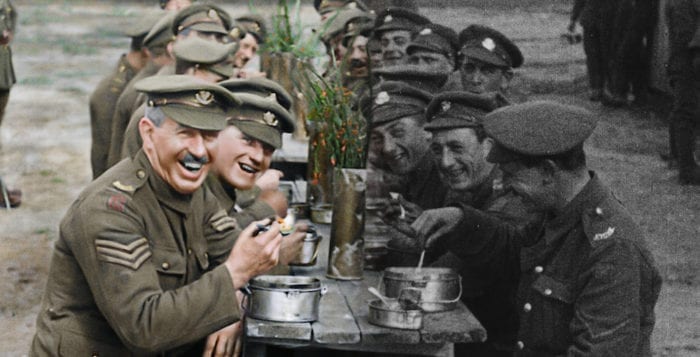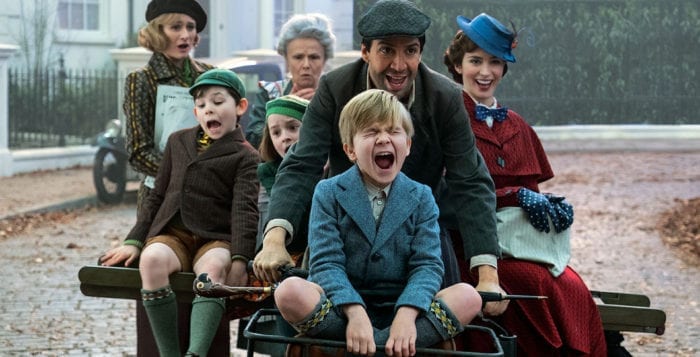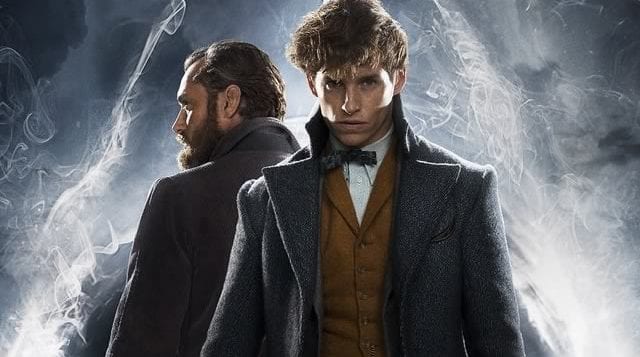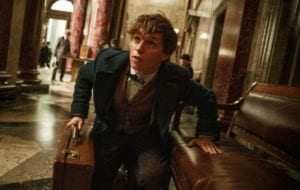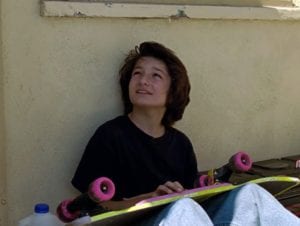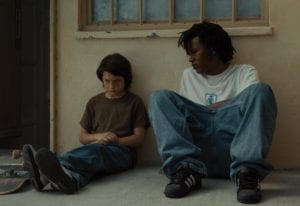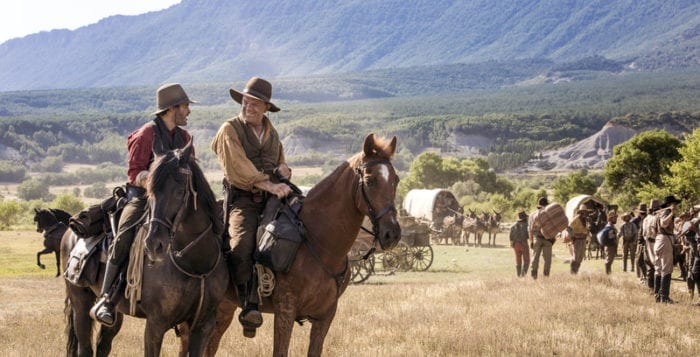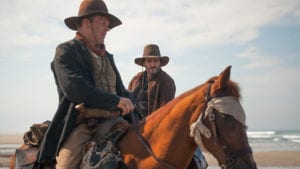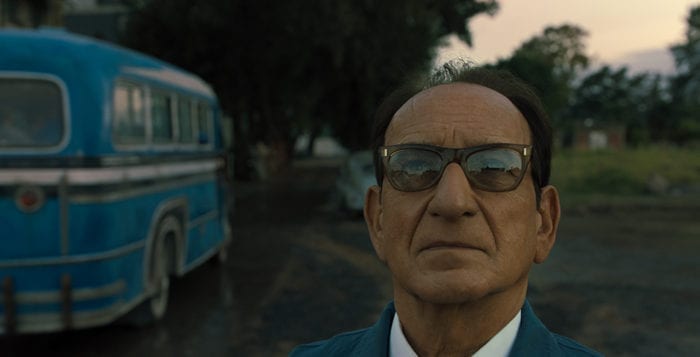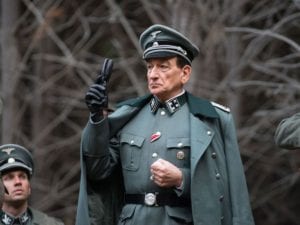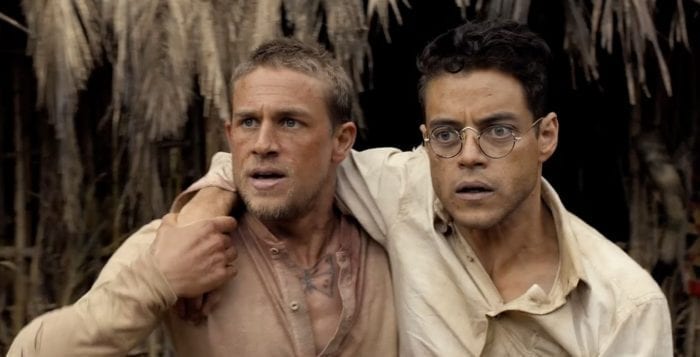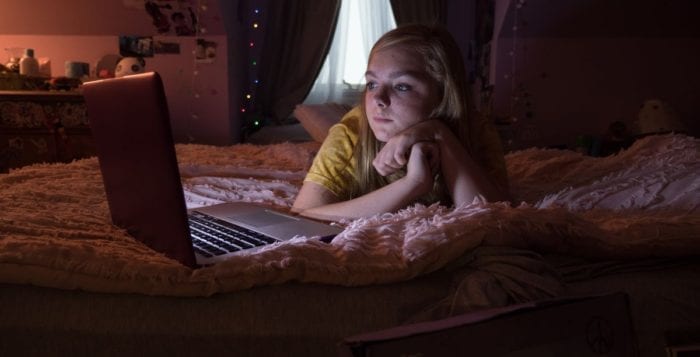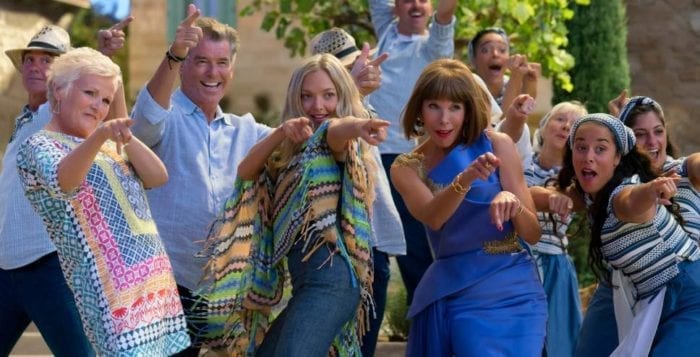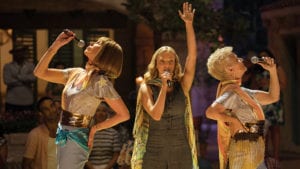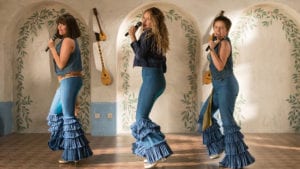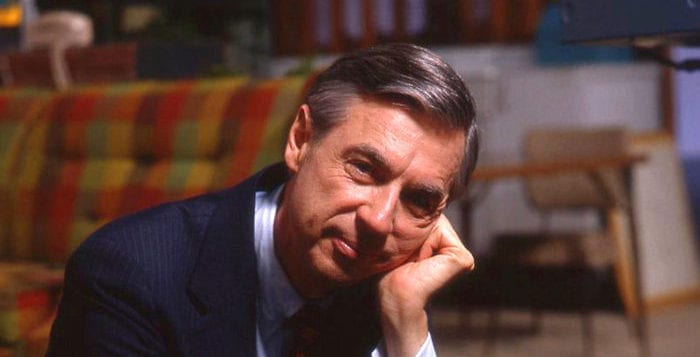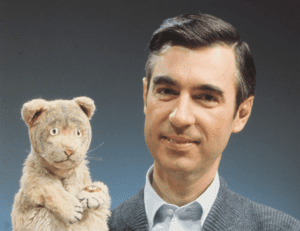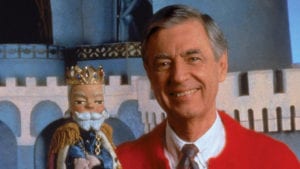By Heidi Sutton
Peter Jackson’s latest endeavor has been a labor of love. The award-winning director, best known for the “Lord of the Rings” and “The Hobbit” trilogies was recently enlisted to create a unique documentary, “They Shall Not Grow Old,” featuring many never-before-seen archive footage of the Great War, a four-year conflict that claimed the lives of over 16 million soldiers.
Produced by WingNut Films and released by Warner Brothers, the project, which took five months to complete, was commissioned by the Imperial War Museum and BBC, who gave Jackson access to over 100 hours of footage and 600 hours of audio, including interviews with hundreds of veterans in the 1960s and 1970s.
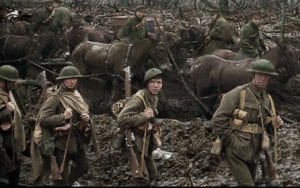 Jackson chose to focus on the daily lives of British foot soldiers who had been sent to the Western Front – from their experience at boot camp to being shipped to France and living in the trenches, to a few days of rest and then off to the front lines where they are told to hand over any personal effects to their officers before heading off into no man’s land.
Jackson chose to focus on the daily lives of British foot soldiers who had been sent to the Western Front – from their experience at boot camp to being shipped to France and living in the trenches, to a few days of rest and then off to the front lines where they are told to hand over any personal effects to their officers before heading off into no man’s land.
The documentary reveals many of the soldiers were mere children, volunteering at the age of 15 and 16 out of patriotic duty, and how many were excited to serve. By the end of the film, however, all romantic ideas of war have completely vanished. “History will decide in the end that this war was not worthwhile,” you hear a retired soldier say.
Every scene is accompanied by narration from army veterans who describe their uniforms and complain about their heavy boots; the food they ate; dealing with rats, lice and dysentery problems; coping with trench foot and mustard gas; capturing German soldiers; and the constant smell of death.
The genius that is Peter Jackson then goes two steps further, (revealed about 20 minutes into the film) when suddenly the black and white film comes to life in a myriad of colors and sounds. The soldiers’ personalities are revealed as they speak and laugh and you hear the shells being loaded into the cannons, artillery fire and the tanks rolling along the open fields. The sudden transformation takes one’s breath away.
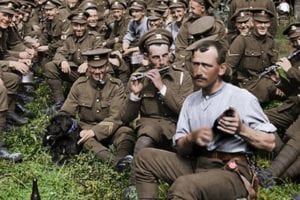 The stunning effect was achieved using digital technology, researching uniforms and locations, recruiting forensic lip-readers who studied the original film, and actors who then voiced the parts in various dialects. “Smile! You’re in the pictures,” one man tells his mates as he points excitedly to the camera.
The stunning effect was achieved using digital technology, researching uniforms and locations, recruiting forensic lip-readers who studied the original film, and actors who then voiced the parts in various dialects. “Smile! You’re in the pictures,” one man tells his mates as he points excitedly to the camera.
For Jackson, who has long been interested in World War I, (the film is dedicated to his paternal grandfather who was wounded in the Battle of the Somme) the spectacular documentary slowly evolved into capturing the human experience of war.
He described his vision best in a recent interview with BBC-owned HistoryExtra magazine. “We let them tell their story, of what it was like as a soldier,” adding that these experiences would’ve been similar to those of many other troops. “And the men saw a war in color, they certainly didn’t see it in black and white,” Jackson explained. “I wanted to reach through the fog of time and pull these men into the modern world, so they can regain their humanity once more.”
Rated R, “They Shall Not Grow Old” is now playing in local theaters.
Photos courtesy of Warner Bros.

